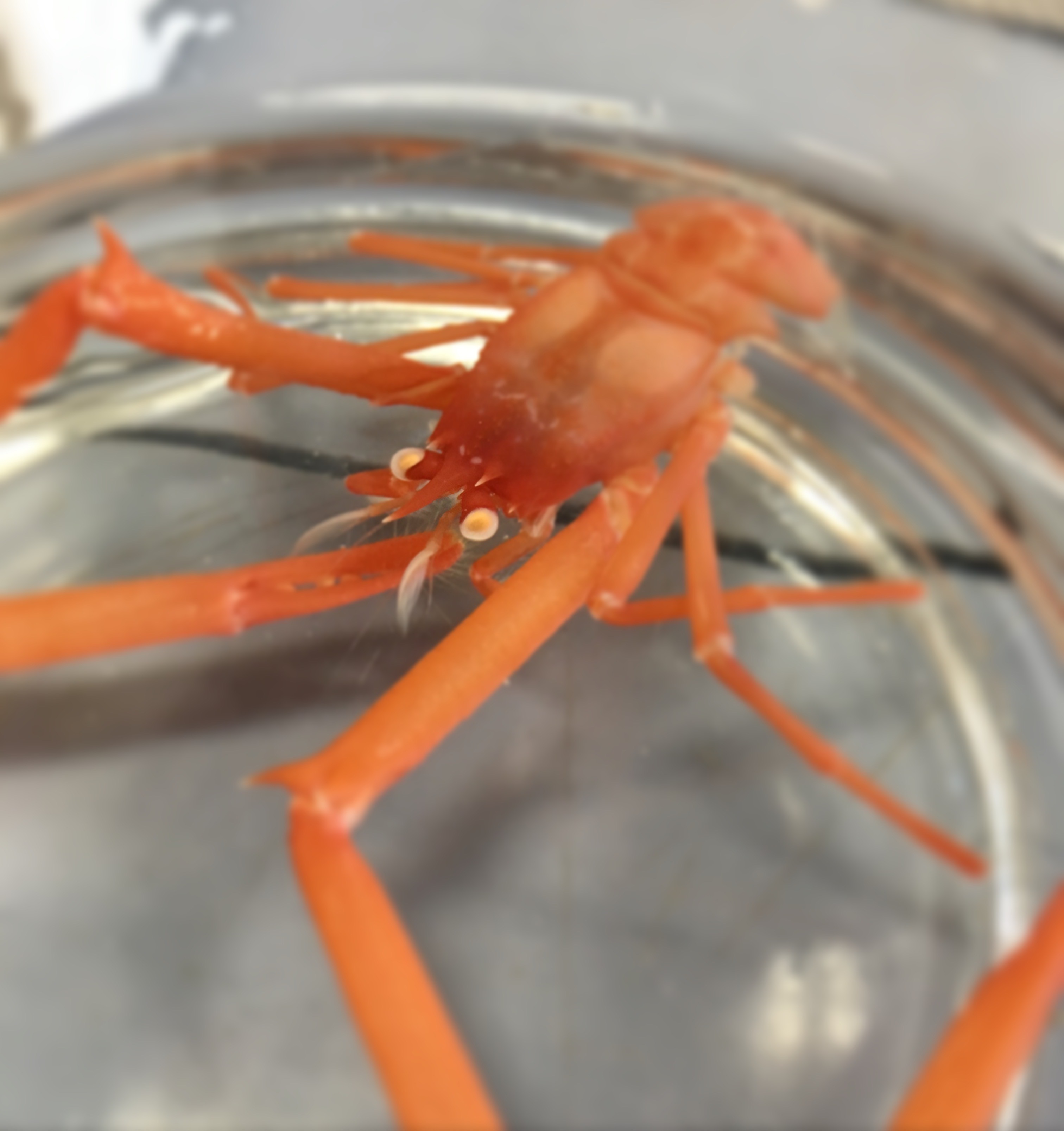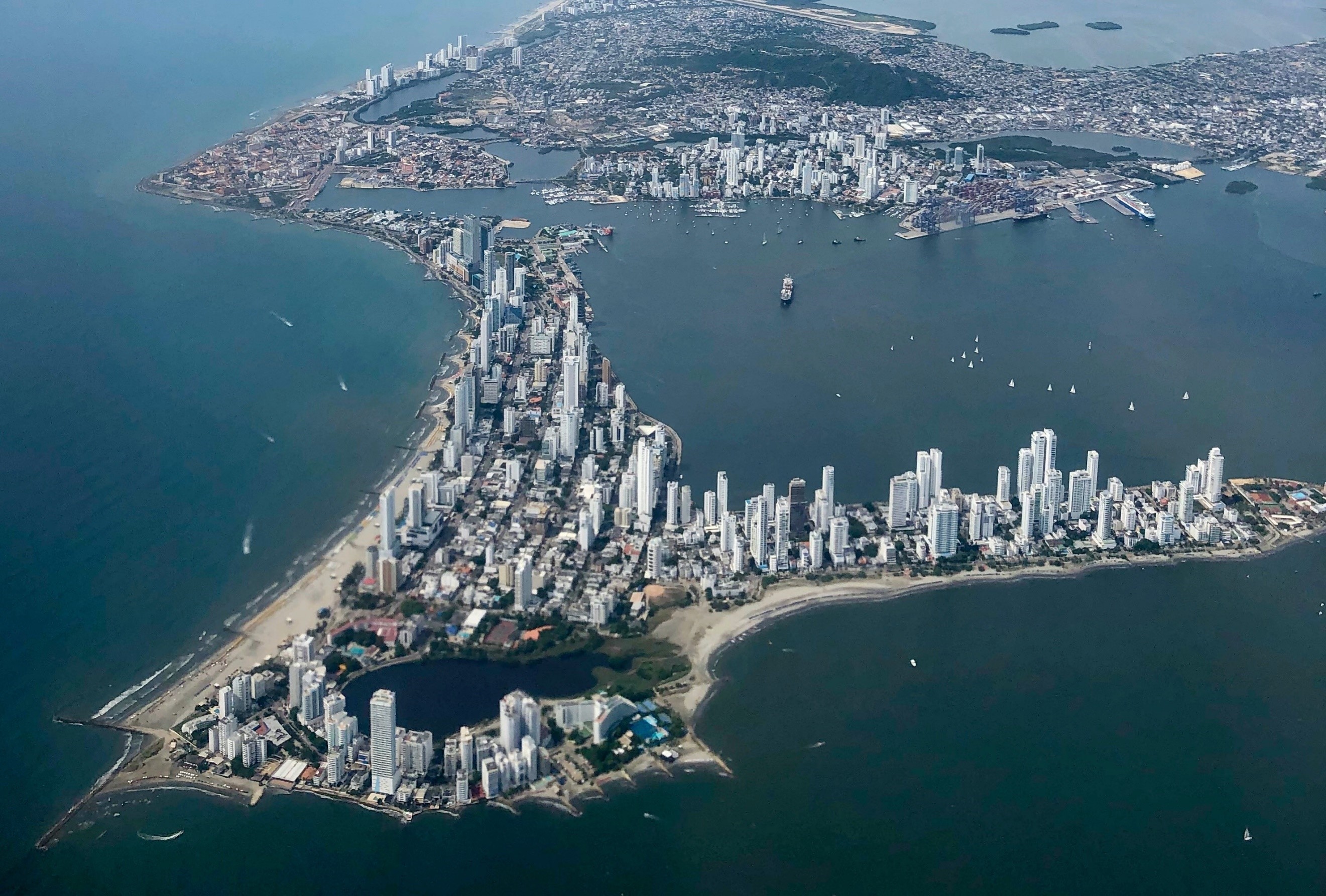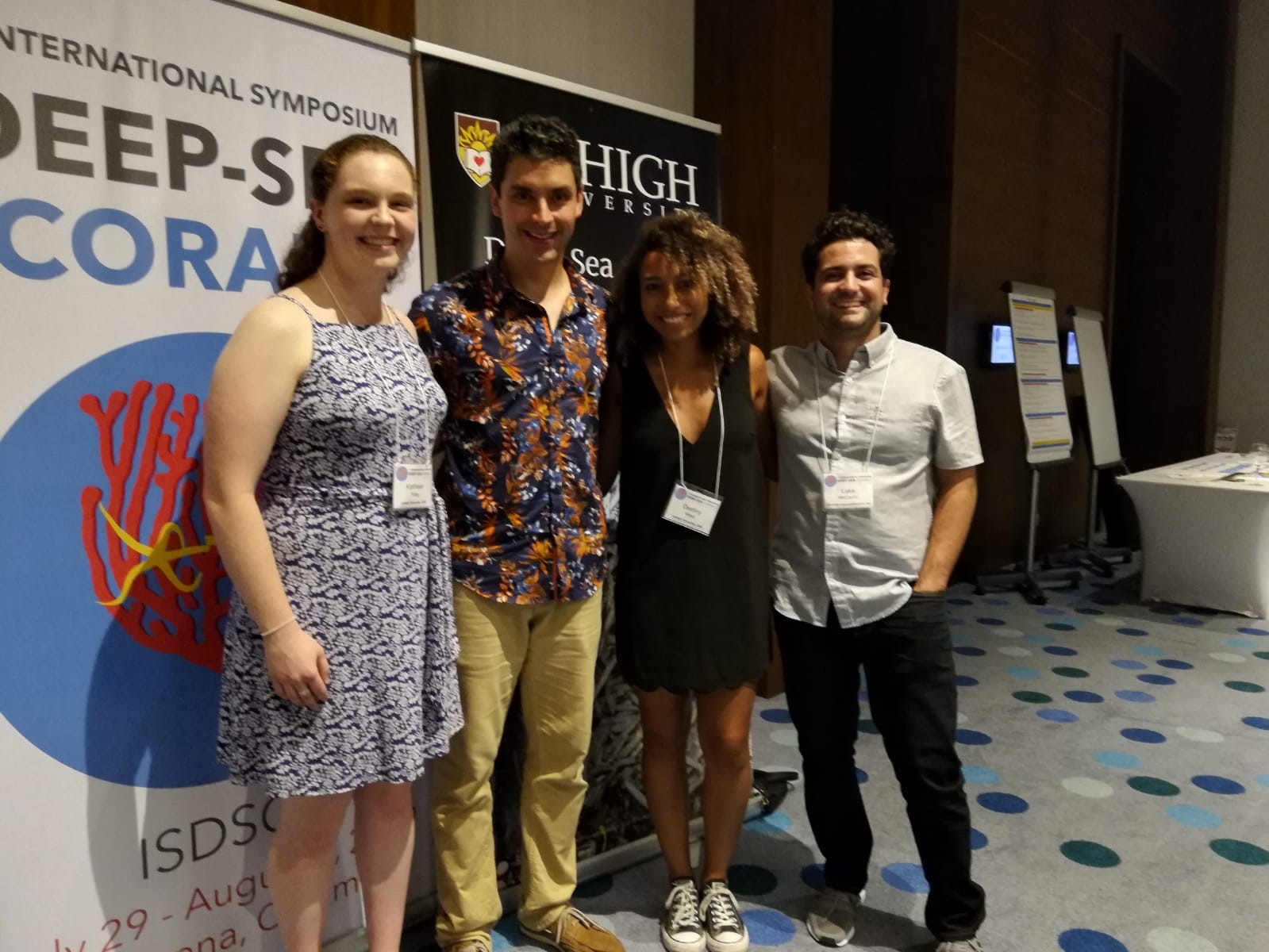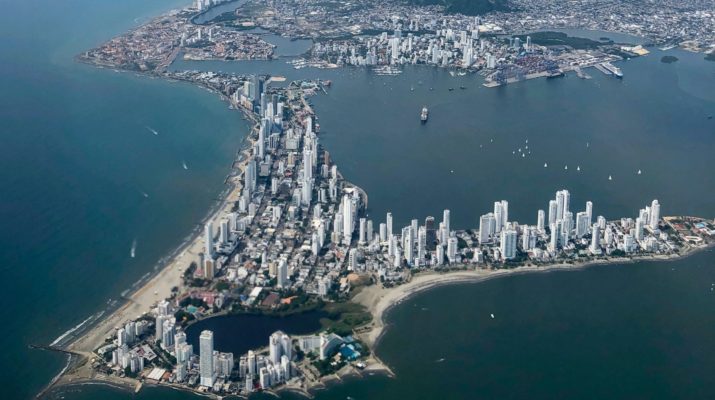In the summer of 2017, I joined Dr. Tim Shank’s lab at the Woods Hole Oceanographic Institution as a research assistant. Just two months into my position there, Dr. Shank invited me to participate in a research cruise on the R/V Falkor to the Phoenix Islands Protected Area led by Dr. Erik Cordes and Dr. Randi Rotjan from Temple University and Boston University, respectively. While at sea for a month in the Central Pacific, I gained a deep appreciation for the field of deep-sea biology and its necessity in a world where potential threats to the health of deep-sea ecosystems are increasing.
The cruise was not only a formative experience for myself, but it was also very productive. As part of my work in the Shank Lab, I analyzed countless hours of video collected during the cruise and helped to DNA barcode the unidentified coral-associated fauna we sampled. The data I collected was used to compare assemblages of coral-associated fauna among depths from 2500 to 200 meters, and to identify potential symbiotic partnerships between corals and invertebrates like squat lobsters (Fig. 1). This past summer, I was granted a travel award by the Deep-sea Biology Society to present a lightning talk and poster about this work at the 7th International Symposium on Deep-sea Corals in Cartagena, Colombia.

When I landed in Cartagena on the Saturday before the symposium, I passed through customs and flipped through the pages of my passport. I admired the stamps from countries I’d been fortunate to visit over the past two years: Ireland, a long-planned and cherished family trip, Kiribati, the result of that month-long research cruise to the Phoenix Islands, and now Colombia, my first trip to South America and my first presentation at an international scientific research conference. In the airport lobby a group of past and present Cordes lab members greeted me upon arrival, including Alexis Weinnig, a good friend who I’d sailed with in the Phoenix Islands, and Dr. Danielle DeLeo and Dr. Carlos Gomez, who I would meet and get to know over the course of the symposium. On our taxi ride from the airport I took in the scenery. I marveled at the walls of the old city, an impressive and ancient barrier ironically made of stony coral, and at the towering skyscrapers of Bocagrande in the distance where the symposium would be held (Fig. 2).

Since I’d never presented my research to a large international audience before, for the first couple of days of the symposium I was both excited and nervous. After more preparation, I felt ready to give my 2-minute talk on Tuesday afternoon. It may not have been the longest talk, but for me it was exhilarating to present my data and findings to a room of deep-sea coral and sponge experts. I continued to be inspired by all of the ongoing deep-sea research that is being conducted around the world throughout the remainder of the conference.
It was fantastic to be able to meet and talk with scientists whose papers I had read, but who I had not met, including Dr. Pål Buhl-Mortensen, an expert on deep-sea coral symbionts, and Steve Auscavitch, another Cordes lab grad student who was an invaluable resource in understanding the coral communities of the Phoenix Islands. Discussing deep-sea science with scholars I admired, and seeing the interest in the research I’d conducted was a very rewarding experience. I left the symposium with the feeling that I was a significant part of a greater shared purpose: conserving and studying a world that is to the vast majority out of sight and out of mind, but teeming with a diversity of life and lush biological communities.
Since the symposium, I have started as a graduate student at Lehigh University in Pennsylvania, USA, where I will pursue my PhD in Dr. Santiago Herrera’s Lab (Fig. 3). The chance to attend ISDSC7 was not only an especially invaluable learning and networking experience, but also a perfect way to begin my journey as a member of the Herrera Lab. Grabbing lunch just a day after we’d all met in Bocagrande, Katie Foley, Destiny West and I agreed that enjoying dishes of fresh fish and coconut rice in Cartagena was a pretty high bar to set for a lab lunch. Given my travels as a marine biologist thus far, I can’t say that’s a sure bet, and I’m guessing there will be a few more lab lunches in new and fascinating cities for us to explore.

Looking ahead, I am excited to discover the possibilities that my career will present to me in terms of travel, intellectual growth, and being a member of a close-knit scientific community. I am grateful to the Deep-sea Biology Society for funding my travel to ISDSC7, and to the conference organizers Dr. Luisa Dueñas, Dr. Santiago Herrera and Dr. Juan Sanchez. Attending ISDSC7 was truly an experience that will reward itself tenfold, and I am excited to see where my journey takes me next.

